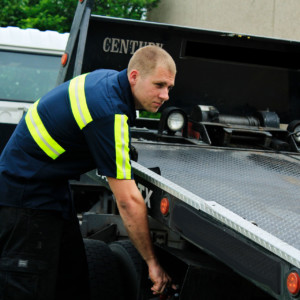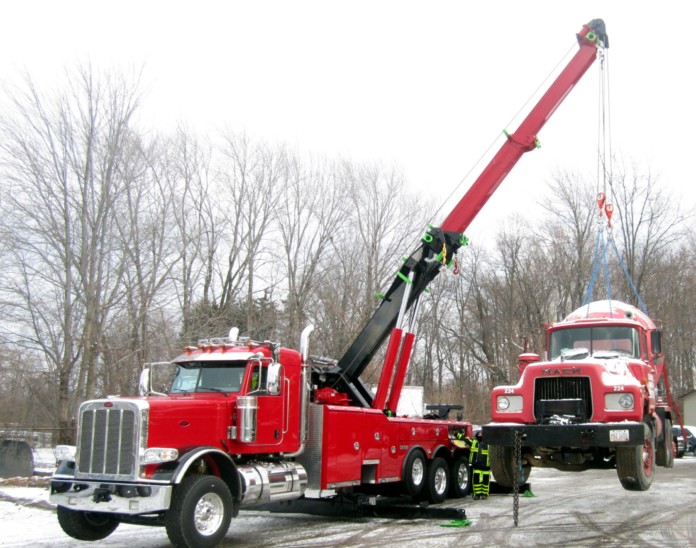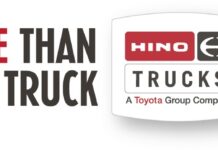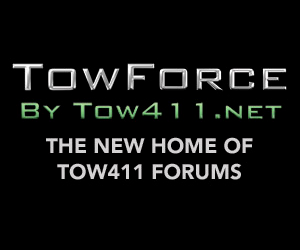Are you training and training correctly or do your wreck recovery scenes resemble a Monty Python comedy skit? In 2014, I met a guy who was seriously the consummate tow guy. He’d been to all the schools, knew half the industry, and could run a rotator like Mickey Gilley plays a piano. He is brilliant at heavy recovery, doing tricks with a rotator and its rigging that could make your head swim. He’s got all the major certifications and has done recurring training almost every year–a true operator’s operator!
At the same time, he was horrible with people, and his wreck scenes were always a mess. He didn’t know how to talk to people or train them. His wreck scenes always resembled a Monty Python comedy skit, and not in a good way: disorganized chaos. I had to ask myself why and understand how this happened when dealing such a sharp operator. The problem is with his approach when he tries to train someone, or even work with someone on a wreck site. Ask yourself if you have any of these traits (that he has), and I’ll explain how to fix the problem:
POOR COMMUNICATION
He can’t communicate without yelling. Let’s say you are on a wreck scene, and you’re giving out some technical directions. Now it’s very important that the others hear EXACTLY what you want done, and you just rattled off some stuff they don’t understand mainly because they’ve never DONE the task and DON’T understand it. Think about that and either conduct training at the shop, outside of a tumultuous wreck scene, or slow down and explain things; it’ll only take a few extra seconds.
IMPATIENCE
He’s impatient. He’d rather do it himself than wait for someone else to do it. Sure, “it” gets done, but no one learns anything, everyone gets frustrated and angry, and there’s a danger element involved where only one guy knows how things were rigged and knows what to look for if something starts to fail. This is how and when people quit on you – AT the wreck scene. Even if they stay, they just mentally check out.
MISDIRECTED ANGER
He gets angry easily. That’s because he realizes he never took the time to work with people properly in a non-stressful environment, like a slow day at the shop, and didn’t show people what he wanted done and when. He could have built several scenarios and worked out rigging plans and tasked certain people with certain jobs. It bothers him that he didn’t do that, needs the help now, and he directs his anger at his people instead of where it belongs – at himself.
I can’t personally motivate every business owner out there, though I can make the suggestion, or provide some, food for thought: If you fit some or all of the traits I’ve described, you need to look no further than the mirror for the answers to the questions like:
- Why are state troopers (or police in general) angry with my company after working a wreck?
- Why do my lower-level drivers quit, and why do I develop problems communicating with the senior folks?
- Why do I have to do everything myself?
- Why are my rigging items misplaced, damaged, or lost?
- Why have I had truck damage during recoveries?
Check those three traits and my narrative after each one. Where do you see yourself and how you can do things differently? With your guys, it starts with training, that is training correctly! With you, it requires change-a new way of doing things. To keep it simple when you are trying to develop a new skill, trait, or habit, just do the new habit, and then repeat again and again until the brain and muscle memory work together to make it feel natural.
A PLACE TO START
 If you are not sure where to start in your training, then let me give you an idea of where to begin: One of the biggest issues I’ve seen that is very dangerous, and preventable is working a flatbed from the driver’s side. It’s natural to do that: You get out of the driver’s door and start working. The driver’s door is the last place you are before you get inside and take off. It feels right, but it’s dangerous. Unless you’re working on the left side of a one-way street and very few other scenarios, being on the driver’s side of the truck while operating the levers to move the car and the bed puts you in traffic. Why is this an issue? There’s another set of controls on the other side, away from traffic!
If you are not sure where to start in your training, then let me give you an idea of where to begin: One of the biggest issues I’ve seen that is very dangerous, and preventable is working a flatbed from the driver’s side. It’s natural to do that: You get out of the driver’s door and start working. The driver’s door is the last place you are before you get inside and take off. It feels right, but it’s dangerous. Unless you’re working on the left side of a one-way street and very few other scenarios, being on the driver’s side of the truck while operating the levers to move the car and the bed puts you in traffic. Why is this an issue? There’s another set of controls on the other side, away from traffic!
The only way to break that habit is to practice working the truck from the right side. Sure, you must be on the left side for brief moments while hooking up your bridle, chains, and safety chain or strap. But you can do 99% of the work from the right side. Operate the levers from the right side. Deal with police or the customer on the right side. Practice it. Make it a habit.
Here’s a note, if you’re not convinced. If a driver loses control or isn’t paying attention and is going to strike your tow unit, which side of the unit do you want to be on? Do you want to be on the side that’s between that careening car and your truck, or your truck and the ditch, so you can run?
So, reflect on the above negative leadership traits, and start changing those habits you see in yourself. Also, pick a training issue that could save the lives of your tow operators and your customers and start there. Let your business look more like a well-oiled machine rather than a Monty Python comedy skit!








